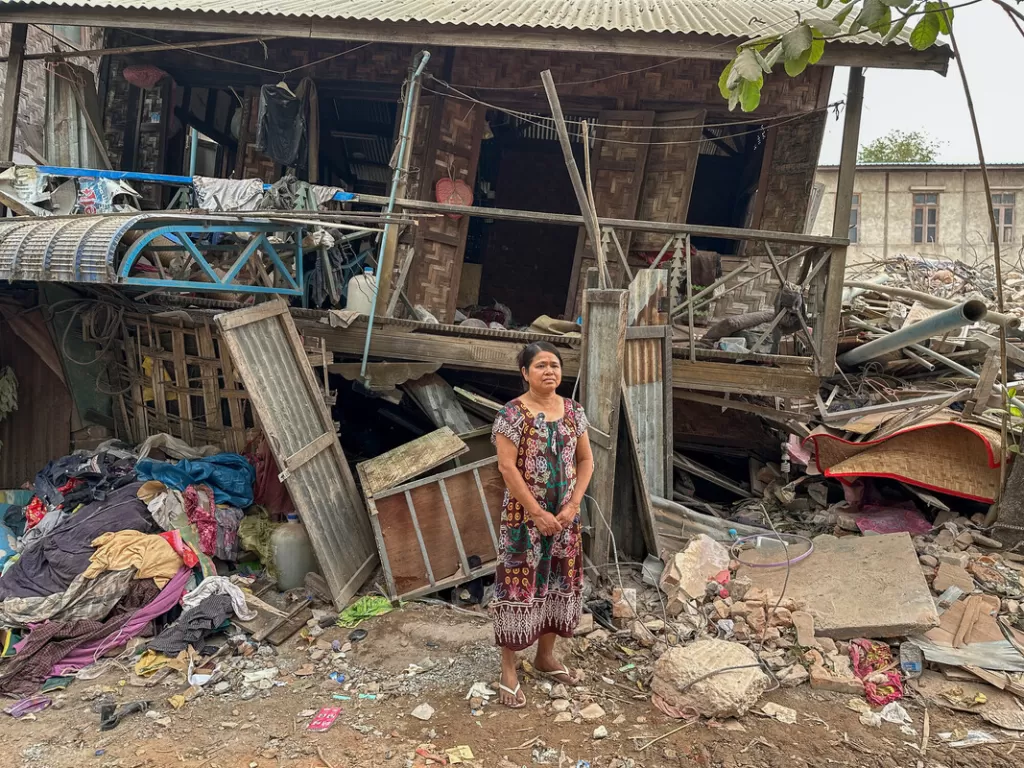


Myanmar Earthquake Appeal
Photo gallery
Myanmar Earthquake Appeal
Photo gallery
A collection of images three months on from the devastating earthquakes in Myanmar
Sanda* stands outside her destroyed house in Mandalay, Myanmar on 5 April 2025. Credit: Arete/DEC

Photo: Sai Aung MAIN / AFP / Getty
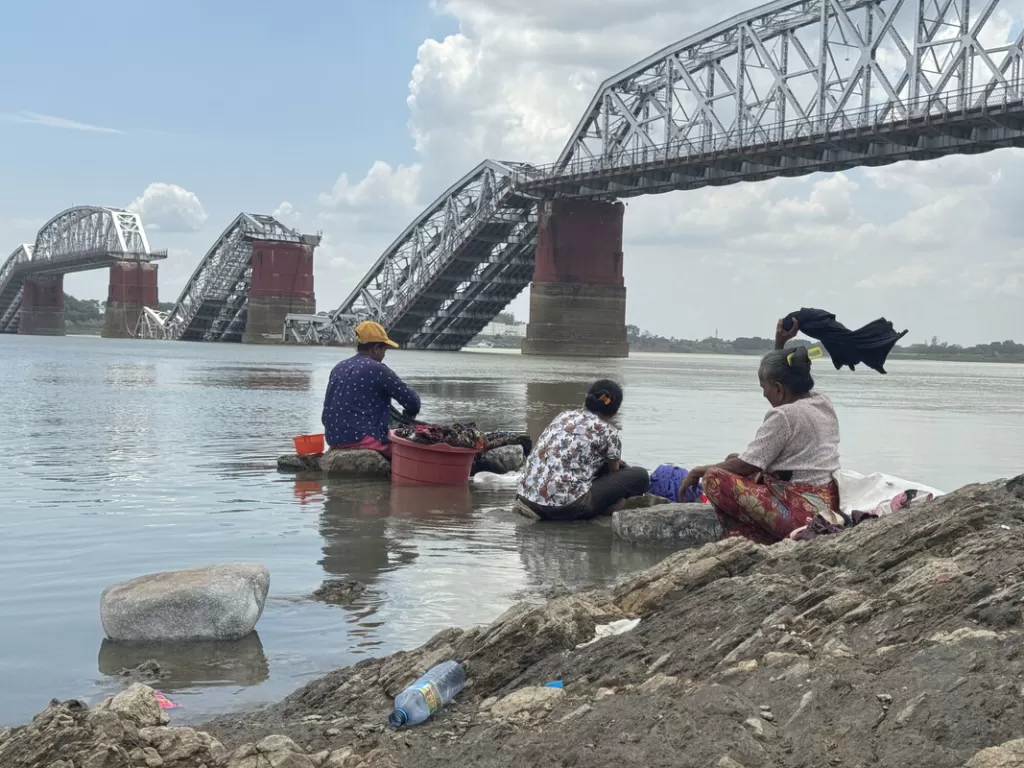
Photo: CARE Myanmar
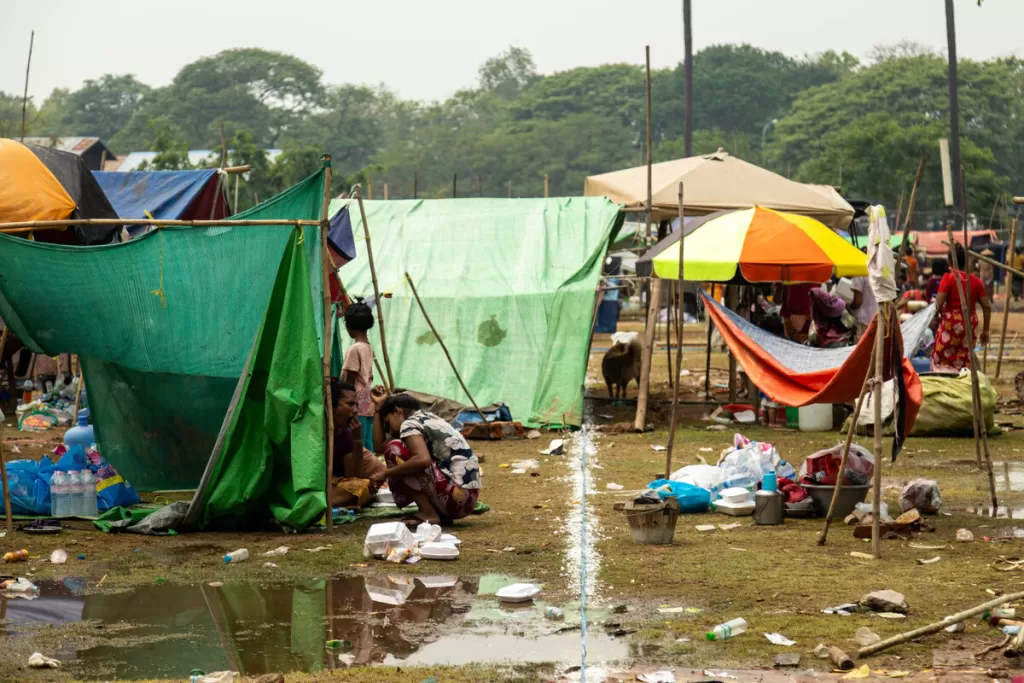
Photo: Arete/DEC
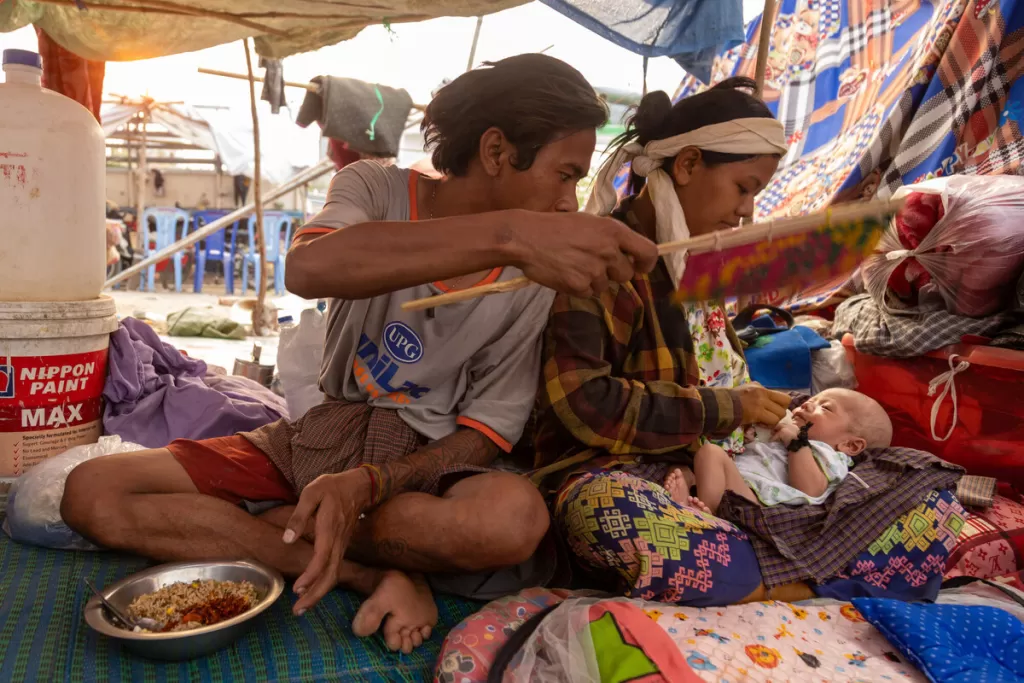
Photo: Arete / DEC
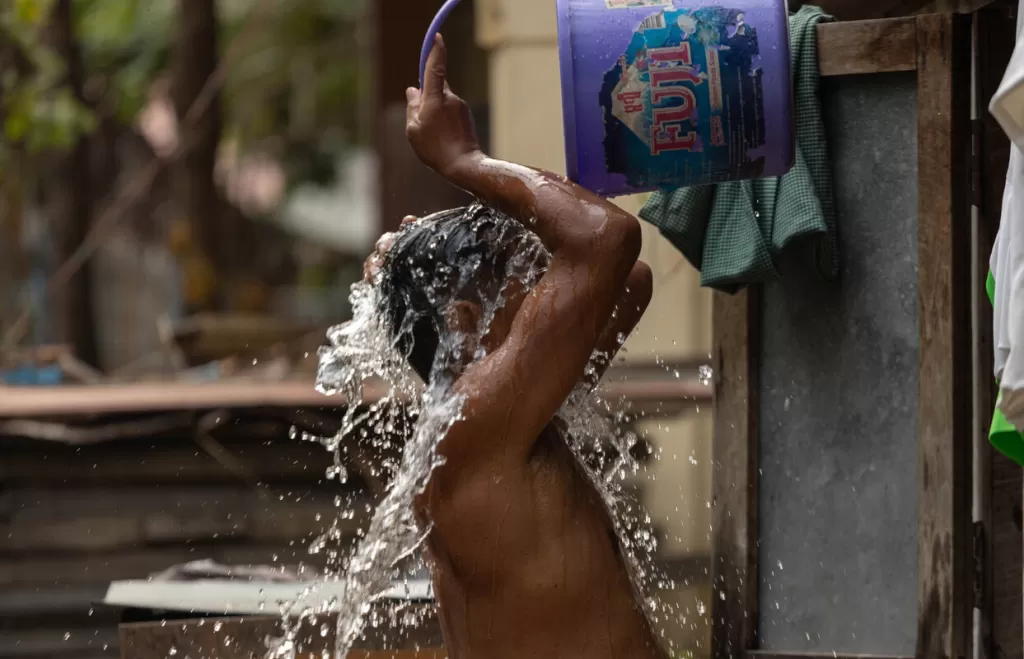
Photo: Arete/DEC

Photo: Arete/DEC
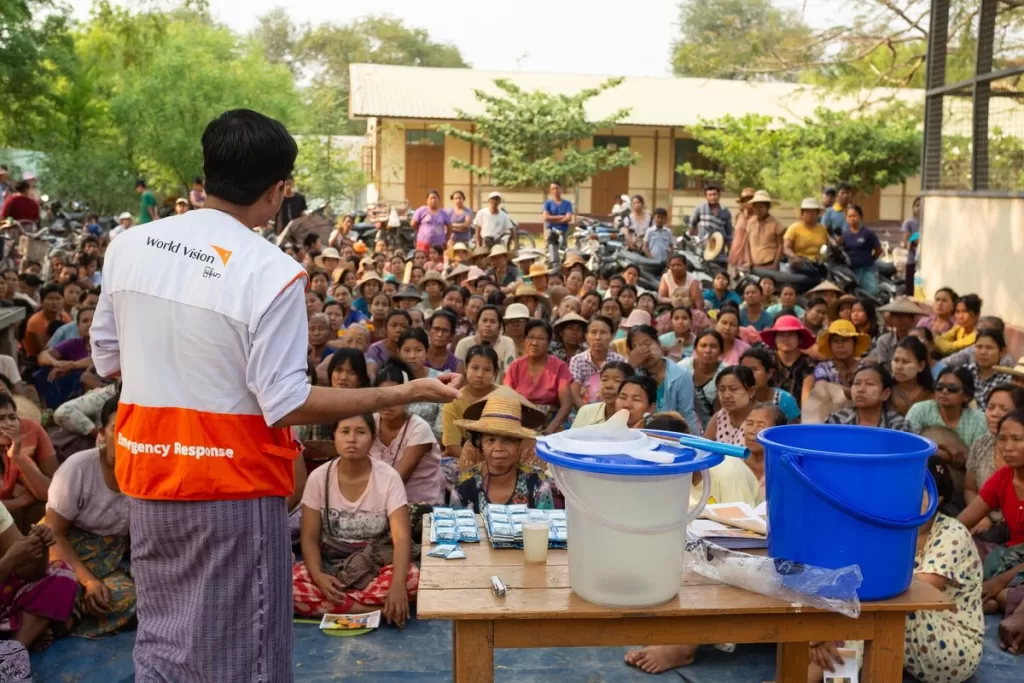
Photo: Nyi Thit/Fairpicture/DEC
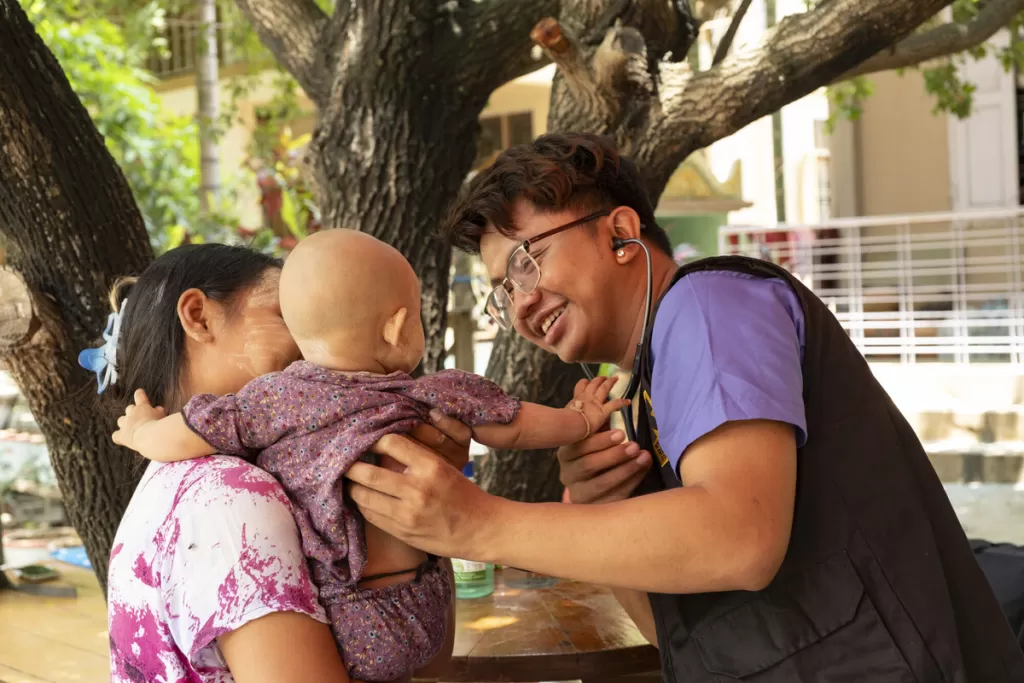
Photo: Rita Khinn/Fairpicture/DEC
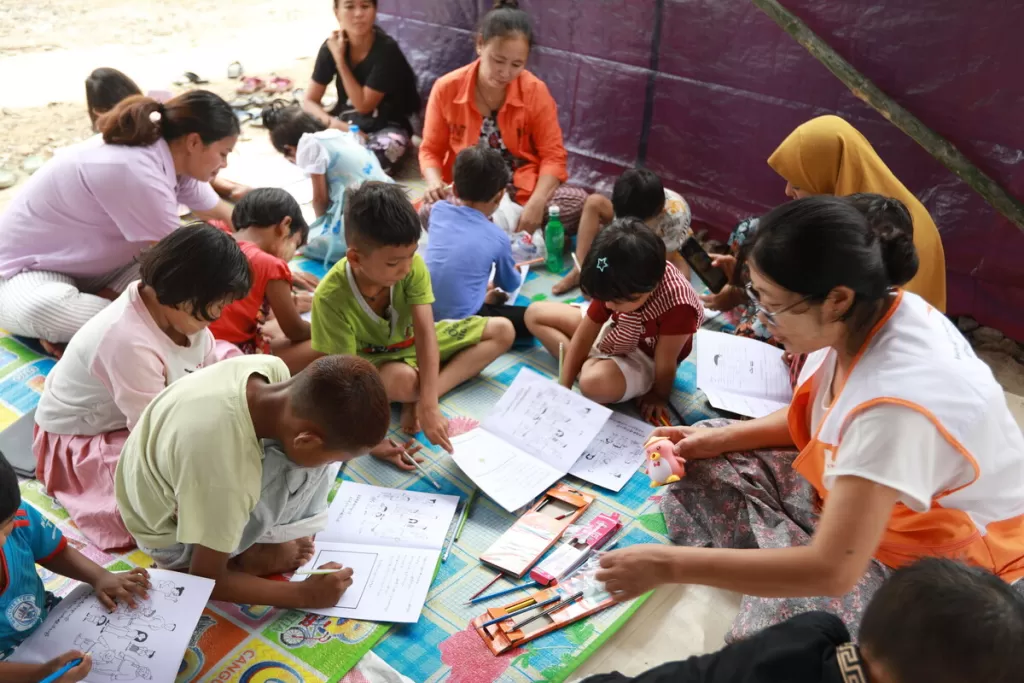
Photo: World Vision
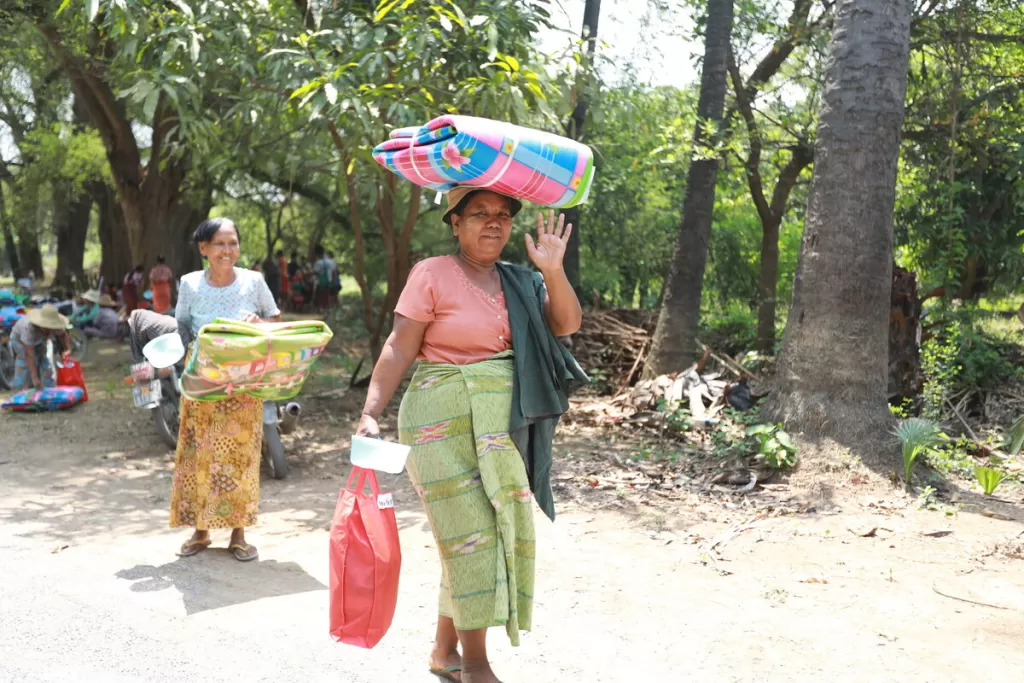
Photo: World Vision














